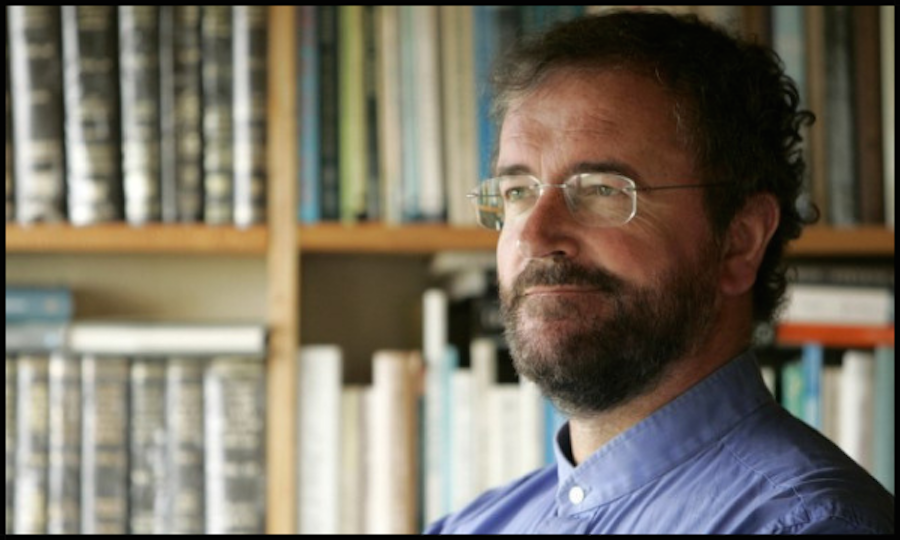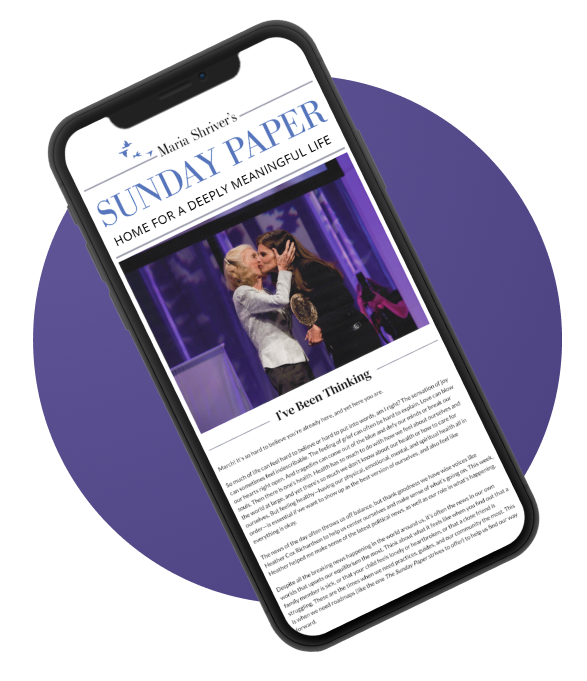Author John O’Donohue Explains Why ‘Sister Oppositions’ Create Unity

One of my favorite sentences in the Western philosophical tradition is from Leibniz; it was subsequently used by Schelling and Heidegger: “The real mystery is not that things are the way they are, but that there is something rather than nothing.” I think this is a great sentence because it alerts one immediately to the mystery of the presence of things, which we so often tend to forget. In this post-modern culture, we live increasingly in a virtual world and seem to have lost visceral and vital contact with the actual world.
Another way of looking at this statement is: the real mystery is that there is so much. Everywhere the human eye looks, everywhere the human mind turns, there is a huge panorama of diversity; the difference that lives in everything and between everything, the fact that no two stones, no two fields, no tow faces or no two biographies are the same. The range and intensity of this difference is quite staggering. This is not an abstract thing. People who live in small farms in country areas could spend hours telling you about all the differences they experience between two places in the same field. Patrick Kavanagh spoke of the “undying difference in the corner of a field.”
The difference that inhabits experience and the world is not raw chaos; it has a certain structure. It is quite amazing to consider the hidden, implicit structures that exist in all natural things. For instance, the way waterfalls so elegantly, always with structure. Even the water from the tires of a car as it goes down a highway or street can have a beautiful structure. There is huge differentiation in the world, and its structure often seems to be one of duality; in other words, two sides of the one object or reality.
If you reflect on your own experience, you will see that you are already familiar with duality. There is light and darkness, beginning and ending, inside and outside, above and below, masculine and feminine, divine and human, time and eternity soul and sense, word and silence. The really fascinating thing is not that these dualities are there, but the threshold, where they actually meet each other. I believe that any notion of balance that is really authentic has to work with the notion of threshold. Otherwise, balance is just a functional strategy without any ontological depth of grounding. In the Western tradition, that line, that threshold between light and darkness, between soul and body, God and human, between ourselves and nature has often atrophied. When the threshold freezes, the two sides cut off from each other and the result is dualism. That kind of separation ha really blighted and damaged the Western tradition. You can see this in very simple ways. For instance, in Catholic Ireland there was a division between the soul and the senses. The senses were supposed to be bad, and the body pulled you down, whereas the soul wanted to bring you up. That split caused untold guilt and pain for people.
Duality, then, is informed by the oppositions that meet at this threshold. I would argue that an authentic life is a life that is aware of and willing to engage its own oppositions, and honorably inhabits that threshold where the light and darkness, the masculine and feminine and all the beginnings and endings of one’s life engage. Sometimes, people who are very vociferous and moralistic are people who have erased the tug of opposition for their lives. They have little sense of the otherness that suffuses and surrounds them. Thus, they can allow themselves all kinds of moral platitudes and even moral judgments of others. It is lonely sometimes to hear them talk because, in their certainty, you can hear the hollow echo of a life only half-lived.
All creativity comes out of that spark of opposition where two different things meet. It is where each one of us was conceived. Masculine and masculine, feminine and feminine on their own cannot procreate. It is the two sides, the two sister oppositions, that create the unity. It is the same rhythm within subjectivity: there is a whole outer side to you, your name, face, role and identity, and there is the hidden world you carry within you. I think that real balance is, in some sense, about action where the living reality of your life balances what is within you with what you are meeting outside. One of the greatest duties of post-modern culture at the end of this millennium is to try to bring the personal and the communal, the individual ad the universal together.
Experience is working all the time with duality, with that energy of opposition within you. You have no experience that does not have two sides to it. In a certain sense, all of your experience is a kind of narrative or story, with this deep underside that you never see, yet out of which all your possibilities come. Even though it is opaque, it constantly guides you and brings you to places you never expected. That is the surprise and the unpredictability of life. In relation to the notion of balance, we have to begin to strive towards a concept of person or self that is sufficiently complex and substantial to do justice to our huge metaphysical needs at the end of this millennium.
One of the victims of media culture is the depth and interiority of the self. People are treated like images, like instances of general principles, but rarely are individuals taken and illuminated for their own unique depth. The history, narrative and possibilities they carry within themselves are usually sidelined in any description or presentation of them. It is frightening how our collusion with technology has damaged so much our sense of individuality and our sense of the secret and sacred world that every individual inhabitant.
Reprinted from Walking in Wonder: Eternal Wisdom for a Modern World Copyright © 2015 by The John O’Donohue Legacy Partnership and John Quinn. Published by Convergent Books, an imprint of Penguin Random House LLC.
READ MORE STORIES THAT MOVE HUMANITY FORWARD
READ MORE STORIES THAT MOVE HUMANITY FORWARD
SIGN UP FOR MARIA’S SUNDAY PAPER

